Escaping the US Housing Crisis: Broke in Seattle, But Living Their Dream Life in Japan for Just $30K
In a city where the median home price hovers around $850,000, Leika and Brandon Hansen found themselves priced out of Seattle’s sizzling real estate market.
But an opportunity halfway across the world offered them a tantalizing alternative – a century-old farmhouse nestled in the Japanese countryside, complete with rice fields and outbuildings, for the remarkably low price of just $30,000.
Leika and Brandon Hansen are a young couple who lived in the Seattle area, working as educators.
Leika’s mother immigrated to the U.S. from Japan, giving her a personal connection to the country, while Brandon had previously lived in rural Japan for a couple of years, fostering his appreciation for its laid-back lifestyle.
Feeling the financial squeeze of Seattle’s high cost of living and yearning for more space and land to pursue their dreams of hobby farming, Leika and Brandon made the bold decision to leave the United States behind.
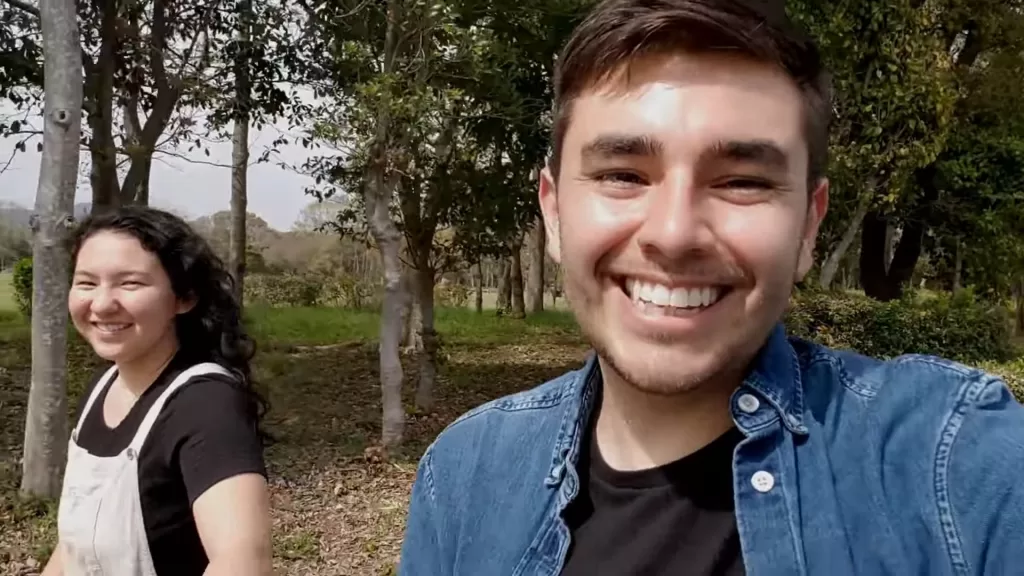
“Japan seemed like a slower pace of life,” said Brandon in the couple’s interview with Business Insider. “It’s easy to live here.”
They set their sights on Japan, where Leika’s cultural roots, Brandon’s positive experiences, and the prospect of an affordable rural property perfectly aligned with their aspirations for the future.
Background
Leika and Brandon’s situation in Seattle Despite having stable careers as educators in the Seattle area, the Hansens found themselves struggling under the weight of the region’s notoriously high cost of living.
While grateful for their employment, the dream of owning a home with ample land for gardening and small-scale farming seemed perpetually out of reach in a real estate market where even modest properties commanded exorbitant prices far beyond their means.
Leika’s connection to Japan and Brandon’s previous experience there Leika’s ties to Japan ran deep, with her mother having immigrated to the United States from the island nation decades earlier.
This imbued Leika with a cultural appreciation for her ancestral homeland.
Meanwhile, Brandon had spent two years living in the Japanese countryside around Okayama and Osaka, an experience that left him enchanted by the region’s quiet towns and laidback rural lifestyle – a stark contrast to the frenetic pace of Tokyo and other major cities.
The Decision to Move
Exploring options for affordable housing and land
As the Hansens weighed their options for affordable housing and land suitable for their farming ambitions, the prospects within the Seattle area looked increasingly dim.
Refusing to abandon their dreams, they began casting a wider net, exploring possibilities that extended far beyond the city limits and even national borders. It was this open-minded search that eventually led them to consider the uncharted territory of international real estate.
Learning about “akiya” (vacant or abandoned homes in Japan)
In their research, the couple stumbled upon a fascinating opportunity – “akiya,” the Japanese term for vacant or abandoned homes strewn across the rural areas of the island nation.
These often dilapidated but structurally sound properties represented an intriguing avenue toward realizing their goals of land ownership and self-sufficiency, piquing their curiosity about the logistics and feasibility of such an undertaking.
The appeal of Japan’s family-friendly environment and safety
Beyond the prospect of affordable real estate, Japan held another significant draw for the aspiring farming family – its reputation as a secure, family-oriented society with a strong sense of community.
The Hansens were attracted to the idea of raising their children in an environment that prioritized safety, embraced multi-generational living, and fostered independence through excellent public transportation and pedestrian-friendly design. These values seamlessly aligned with their vision for a wholesome, grounded upbringing.
Finding and Purchasing the Farmhouse
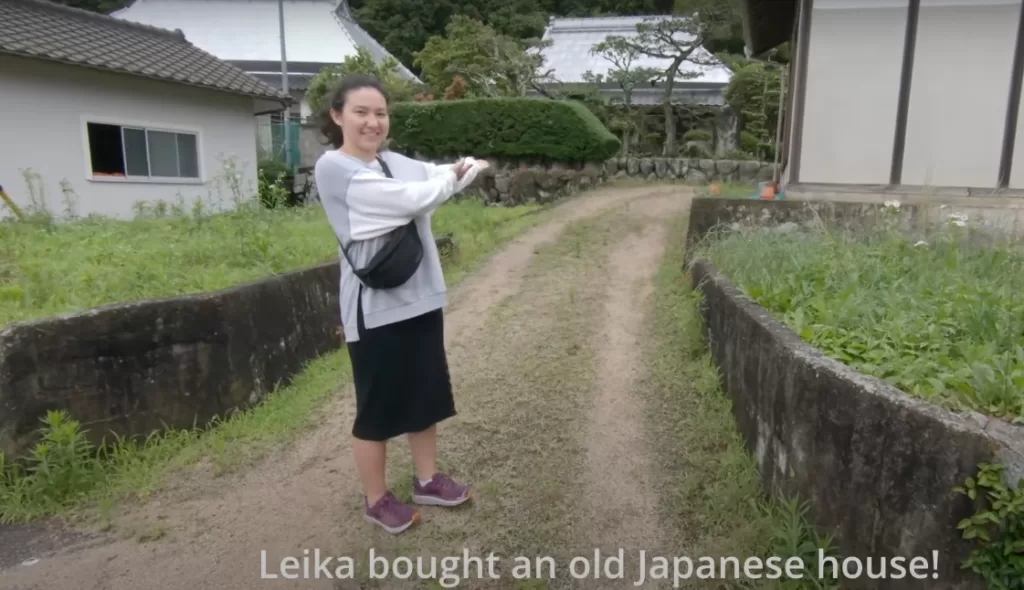
The house-hunting process in Japan Emboldened by their decision, the Hansens embarked on an international house hunt, scouring listings and connecting with realtors in their target areas of rural Japan.
They quickly discovered a real estate market that operated quite differently from the frenzied bidding wars they had grown accustomed to in Seattle.
In Japan, properties were made available on a first-come, first-served basis, requiring a more patient and methodical approach as interested buyers awaited their turn for viewings.
Details about the 100-year-old Kominka-style farmhouse they bought
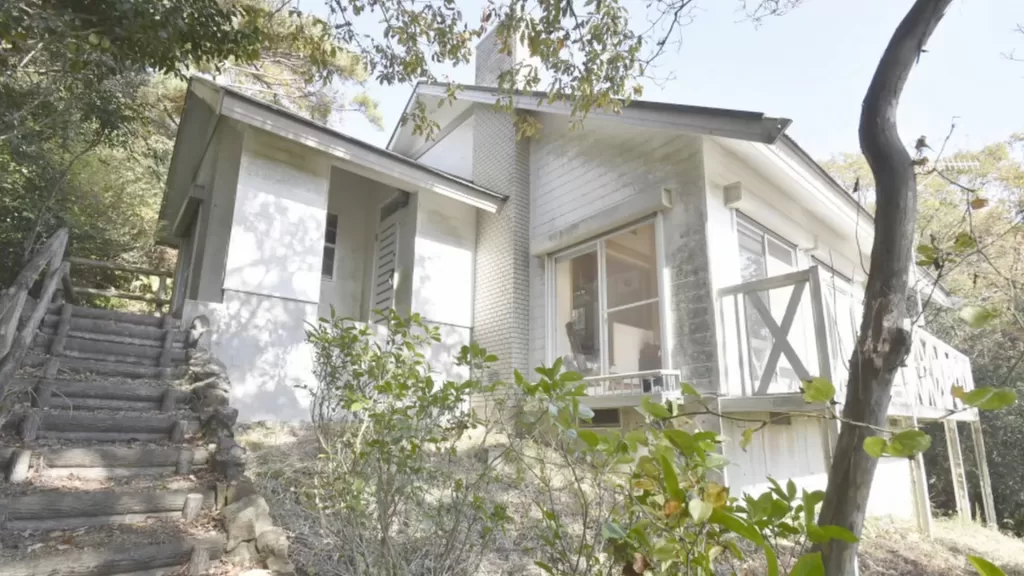
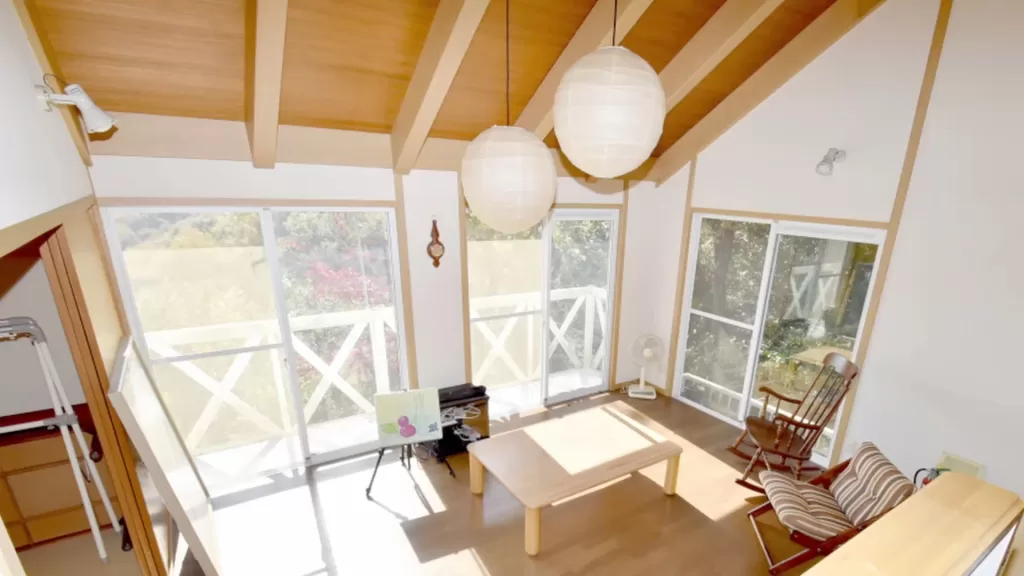
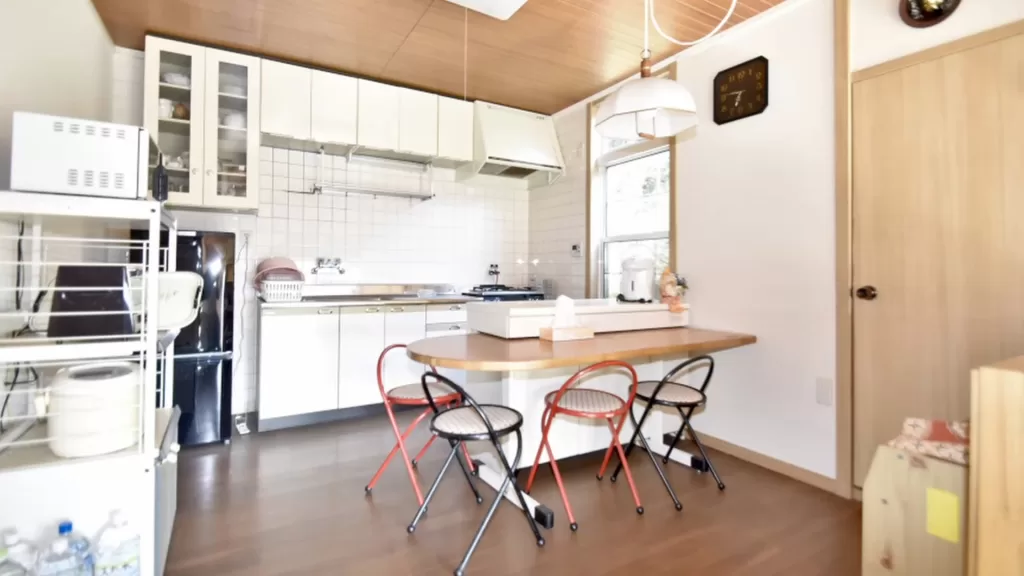
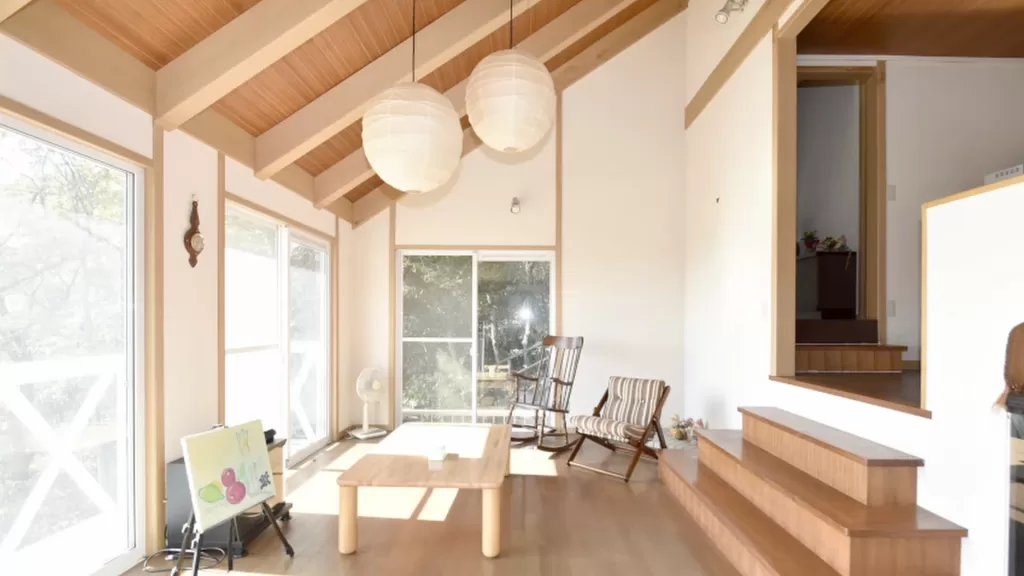
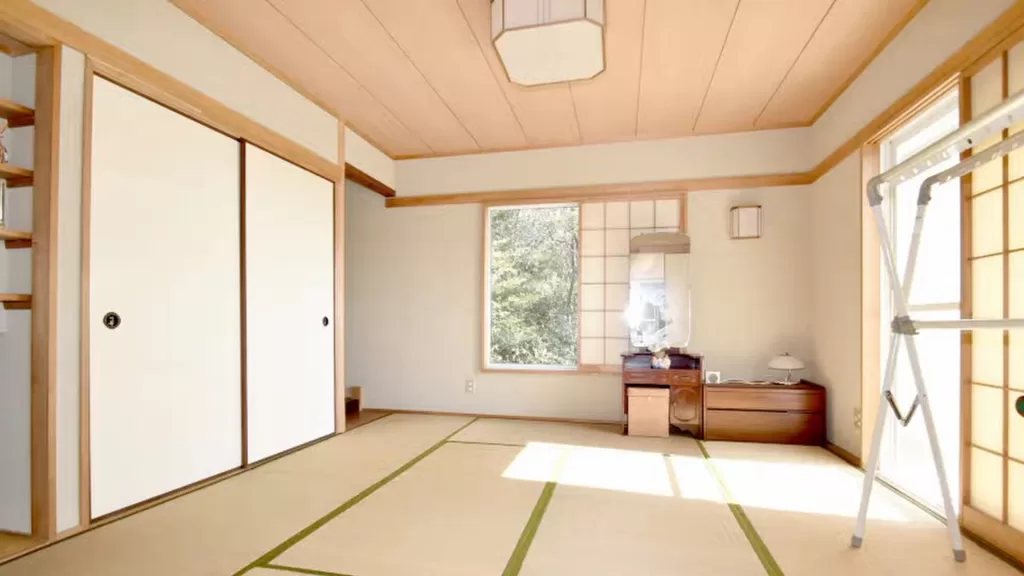

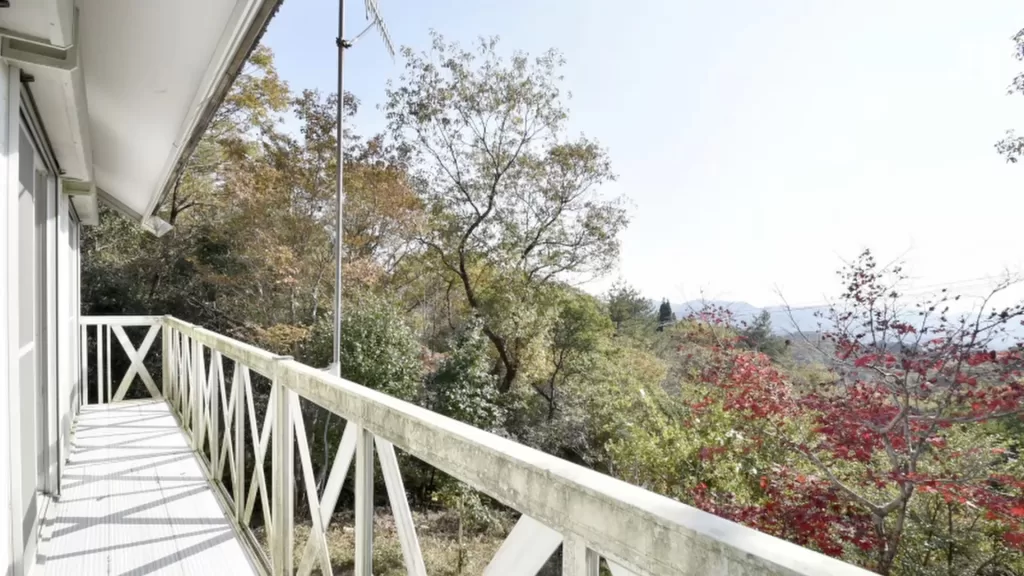
Size, land area, and features (rice fields, sheds)
After months of searching, the couple’s diligence paid off when they stumbled upon a charming 100-year-old Kominka-style farmhouse.
Though modest in size at just 900 square feet, the property boasted a treasure trove of features that made it an ideal fit: swaths of arable land peppered with rice paddies, multiple outbuildings ripe for conversion into workshops or storage spaces, and ample room to pursue their agricultural interests.
The surprisingly low cost of $30,000 (with context on why it’s so affordable)
Perhaps the most astonishing aspect of their new rural refuge was its price tag – a mere $30,000, with the bulk of that cost attributed to the land itself.
The home’s evaluated worth hovered around a scant $2,500 to $3,000, a testament to the realities of the Japanese housing market, where properties tendentially depreciate over time and older, long-vacant structures are commonplace in the countryside.
Navigating the buying process as foreigners
While the prospect of purchasing a home overseas might seem daunting to most, the Hansens approached the process with equal parts pragmatism and cultural sensitivity.
As foreign buyers, they navigated the intricacies of Japan’s real estate regulations, ensuring they met the necessary criteria for land ownership.
Additionally, with Leika’s mother acting as an invaluable guide, they were able to deftly maneuver linguistic and cultural barriers that could have otherwise proven challenging.
Benefits of Living in Japan
Affordable cost of living compared to Seattle
One of the most appealing aspects of their relocation was the potential for significant cost savings.
In stark contrast to the Seattle area, where their mortgage and homeowner’s association fees consumed a sizable $1,550 per month, the Hansens’ new Japanese abode represented a remarkably affordable lifestyle.
With housing costs a mere fraction of their stateside expenses, they looked forward to increased financial flexibility and the ability to invest in their budding agricultural pursuits.
Access to public transportation and walkable lifestyle
Seeking to shed their reliance on automotive transportation, a cornerstone of the Hansens’ decision centered on Japan’s exceptional public transit infrastructure and commitment to walkable urban design.
Their new rural home, situated just a mile from the nearest train station and a five-minute stroll from the closest bus stop, positioned them perfectly to embrace a car-lite existence.
This transition promised a lower environmental impact while promoting an active, community-oriented way of life.
Safer environment for raising a family
As their family grew with the arrival of their newborn son, concerns over personal safety and a nurturing environment for child-rearing loomed large.
Japan’s reputation for low crime rates, robust public services, and an entrenched culture of collective responsibility offered reassurance.
The Hansens envisioned a future where their children could navigate their surroundings with independence, embarking on routine errands or commuting to school without the ever-present fear that plagued many American communities.
Pursuing their “retirement dreams” of hobby farming and rural living
Above all, the idyllic Japanese farmhouse represented an opportunity to kickstart their long-held ambitions for a hobby farm and embrace a rural lifestyle – aspirations that typically remain relegated to retirement fantasies for most.
With ample land for cultivation, visions of tending to honeybee colonies, operating an outdoor pizza oven, and immersing themselves in agricultural pursuits, the Hansens looked forward to accelerating that coveted timeline.
Their new home offered a canvas upon which to manifest their agricultural dreams in the present, rather than deferring them to an indefinite future.
Challenges and Future Plans
The process of immigrating to Japan and obtaining necessary visas
While the affordable akiya home represented a tantalizing opportunity, the Hansens were under no illusions about the challenges that lay ahead.
Immigrating to Japan as a non-native resident proved an arduous process, requiring them to navigate a labyrinth of visa requirements and residency regulations.
Whether through securing employment sponsorships, demonstrating specialized expertise, or leveraging family ties, obtaining long-term residency status remained a formidable hurdle in realizing their transpacific dream.
Adapting to cultural differences and a new lifestyle
Beyond the legal complexities, the couple also braced themselves for the inherent difficulties of assimilating into an entirely new cultural milieu. From mastering the nuances of the Japanese language to embracing divergent social norms and etiquette, the transition promised a steep learning curve.
Yet, guided by open minds and a willingness to embrace their adopted homeland, the Hansens viewed this cross-cultural adaptation as an enriching journey of personal growth.
Their plans for setting up the hobby farm and engaging with the local community
With relocation logistics on the horizon, the couple’s thoughts inevitably turned to the practical aspects of establishing their pastoral vision.
Blueprints for cultivating vegetable gardens, introducing livestock, and perhaps even developing sustainable energy sources danced in their minds.
Moreover, the Hansens recognized the importance of immersing themselves in the local Japanese community, fostering relationships with neighbors, and contributing to the rich tapestry of rural life – a departure from the relative anonymity of their former urban existence.
5 Essential Tips for Buying an Abandoned House in Japan from a Couple Who Did It
Leika and Brandon recently took the plunge and purchased an abandoned “akiya” house in the Japanese countryside. With dreams of pursuing a hobby farm lifestyle at an affordable cost, they navigated the process of buying property abroad as foreigners.
Now, they’re sharing their top 5 tips for others considering taking this unconventional path to homeownership in Japan.
Tip 1: Location, Location, Location
One of the first decisions is choosing the right area based on your priorities. Leika and Brandon opted for Okayama due to its milder climate suited for farming, low risks from natural hazards like earthquakes and tsunamis, and access to the scenic Inland Sea. They recommend studying hazard maps and being mindful of potential threats.
Tip 2: Inspect the House Condition Carefully
Unlike in the U.S., home inspections aren’t as common in Japan’s real estate market. The couple advises looking for homes built before the 1950s when foundations were sturdier, or after the 1980s when seismic regulations improved. Signs like cracked foundations are red flags. Their akiya came with guarantees on the roof and termite protection, providing peace of mind.
Tip 3: Prioritize Accessibility and Convenience
While the allure of a remote mountain home is romantic, the reality requires considering proximity to amenities. Leika and Brandon’s property is just a short walk from convenience stores, schools, and a train station – avoiding the isolation of being too far from essential services.
Tip 4: Navigating Realtors and Paperwork
Not all realtors feel comfortable working with foreign buyers. The couple recommends finding one fluent in your language or hiring a translator.
For a smoother process, Leika purchased the property in her name since she holds Japanese citizenship. Foreigners may face more scrutiny.
Tip 5: Understand the Finances
Akiya homes are remarkably affordable, but that’s because houses in Japan depreciate rather than appreciate in value.
While mortgages are available, securing one as a foreigner is challenging without a local bank account and verifiable local income. Exploring resources like micro real estate blogs can provide property listings and advice.